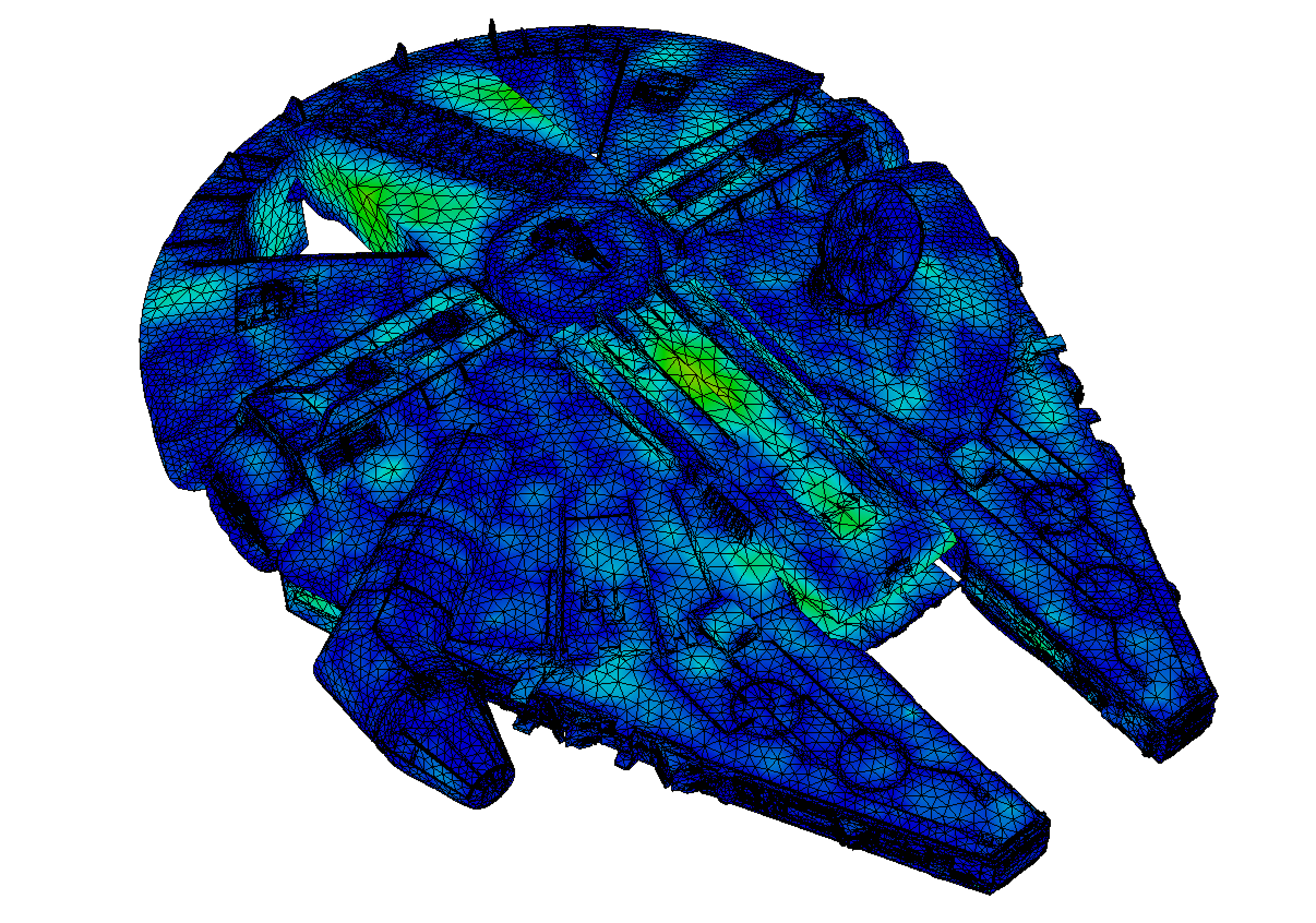6.3. More advanced functional analysis¶
6.3.1. Nemitski operators¶
This section deals with a class of operations that is frequently encountered in non linear problems. We refer to [AP95] for more details.
Throughout this section, \(\Omega\) is a bounded set in \(\R^d\).
Definition 6.7
A function \(f : \Omega \times \R \to \R\) is called a Caratheodory function if it satisfies the following two properties:
For almost every \(\x \in \Omega\), the mapping \(s \mapsto f(\x,s)\) is continuous.
For all \(s \in \R\), the mapping \(\x \mapsto f(x,s)\) is measurable.
Now, to each Caractheodory function, we associate formally a (non linear) operator \(T_f\) acting on functions \(u : \Omega \to \R\) via the following formula:
Under suitable conditions on the function \(f\), this defines a mapping between certain Lebesgue spaces, as made more specific by the following statement.
Theorem 6.4
Let \(p,q \geq 1\), and let \(f : \Omega \times \R \to \R\) be a Caratheodory function, satisfying the following growth condition:
Then the mapping \(T_f\) maps \(L^p(\Omega)\) into \(L^q(\Omega)\), and it defines a continuous operator between these spaces.
The following statement now gives sufficient conditions for this mapping to be differentiable.
Theorem 6.5 (Differentiability of Nemitski operators, case \(p>2\))
Let \(p > 2\) be given, and let \(f : \Omega \times \R \to \R\) be a Caratheodory function such that:
The function \(\Omega \ni \x \mapsto f(\x,0)\) is bounded on \(\Omega\);
It holds, for a.e. \(\x \in \Omega\) and all \(s \in \R\), \(\left\lvert \frac{\partial f}{\partial s} (\x,s) \right\lvert \leq a + b \lvert s \lvert^{p-2}\).
Then the mapping \(T_f\) defines a continuous operator from \(L^p(\Omega)\) into \(L^{p^\prime}(\Omega)\), where \(p^\prime\) is the conjugate exponent of \(p\). Moreover, this mapping is Fréchet differentiable, with derivative:
Note that the operator \(T_f\) is well defined as an operator from \(L^p(\Omega)\) into \(L^{p^\prime}(\Omega)\), since the above condition in particular implies, upon integration, that:
The above theorem does not cover the case where \(p=2\). A similar – albeit a little weaker – statement holds in this case, under slightly stronger assumptions.
Theorem 6.6 (Differentiability of Nemitski operators, case \(p=2\))
Let \(f : \Omega \times \R \to \R\) be a Caratheodory function such that \(\frac{\partial f}{\partial s}\) is also a Caratheodory function. Assume in addition that:
Then \(T_f\) is a continuous operator from \(L^2(\Omega)\) into itself. Moreover, this mapping is Gâteaux differentiable at every \(u \in L^2(\Omega)\), i.e.
Exercise
Show that the mapping \(T:H^1(\Omega) \to L^2(\Omega)\), defined by:
is Fréchet differentiable at any \(u \in H^1(\Omega)\), with derivative:
Correction
Bla bla bla
